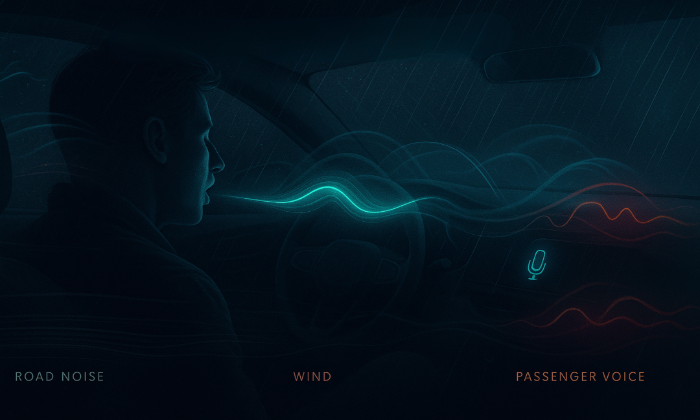Are age and gender diversity important in voice cloning datasets?
Voice Cloning
AI Ethics
Speech AI
Age and gender diversity in voice cloning datasets are essential for producing robust, representative voice synthesis technologies. These datasets must encapsulate the rich diversity of human speech to enhance model performance and ensure they meet the diverse needs of users.
Understanding Voice Diversity in Datasets
In voice cloning, age and gender diversity means incorporating voices across different age groups and gender identities. This diversity is crucial for developing voice models that can accurately imitate the range of human speech characteristics. Children's voices, for example, tend to have different tonal qualities compared to adults or seniors, while gender can influence pitch and speech patterns. By capturing these nuances, models can generate voices that are more natural and relatable.
Why This Matters
- Realism and Relatability: Diverse datasets ensure that voice cloning models produce voices that resonate with users. For instance, a virtual assistant tailored for older adults should have a voice that reflects their demographic to build trust and engagement.
- Bias Mitigation: Without diversity, models risk perpetuating biases. A dataset that predominantly features one gender may lead to a synthesis model with limited ability to replicate another gender's speech accurately. This can marginalize significant user groups and limit market reach.
- Accessibility in AI: Diverse datasets make technology more inclusive. For example, assistive technologies benefit from considering speech variations across age groups and genders, providing personalized interactions for users with disabilities.
Creating Effective Diverse Voice Cloning Datasets
The process of building a diverse voice cloning dataset involves several key steps:
- Speaker Recruitment: Engage a wide demographic of voice contributors by reaching out to community groups and organizations. This ensures representation across various backgrounds.
- Professional Recording Environments: Use studio settings to capture high-quality audio. Consistent audio quality is vital for minimizing variances that could affect model training and performance.
- Comprehensive Data Annotation: Annotate each sample with metadata detailing the speaker's age, gender, accent, and other attributes. This structured organization aids in effective model training, allowing the diversity of the dataset to be leveraged fully.
Challenges to Avoid When Building Diverse Voice Datasets
- Balancing Dataset Size and Diversity: Expanding diversity can mean fewer recordings per demographic. Finding the right balance is key to ensuring comprehensive training data.
- Ensuring Audio Quality: Prioritize high-quality recordings over quantity to avoid compromising model performance.
- Managing Annotation Complexity: Detailed metadata adds complexity, requiring a robust annotation pipeline and quality assurance processes to maintain accuracy.
Real-World Impacts and Use Cases
In real-world applications, failing to consider age and gender diversity can lead to biased models, resulting in user dissatisfaction and potential loss of market share. Conversely, well-designed diverse datasets support use cases like:
- Telehealth: Diverse voices ensure that AI can interact naturally with patients of different ages and genders, improving health outcomes.
- Entertainment: A range of expressive voices enhances storytelling and gaming experiences, appealing to broader audiences.
By prioritizing age and gender diversity, AI teams can create more inclusive, effective voice technologies that resonate with users across different backgrounds and needs. FutureBeeAI is committed to supporting this endeavor by providing structured, high-quality datasets tailored to your project's specific requirements. Explore our speech datasets to find the right solution for your needs.
FAQs
Q. How can teams effectively recruit diverse speakers for voice datasets?
A. Teams can partner with community organizations, universities, and use social media to find voice contributors. Engaging local groups ensures the voices collected represent a wide range of backgrounds.
Q. What role does quality assurance play in maintaining dataset integrity?
A. Quality assurance is crucial for ensuring recordings meet high standards of clarity and consistency. A multi-layer QA process helps identify and rectify issues, ensuring the dataset remains reliable for training purposes.
What Else Do People Ask?
Related AI Articles
Browse Matching Datasets
Acquiring high-quality AI datasets has never been easier!!!
Get in touch with our AI data expert now!








